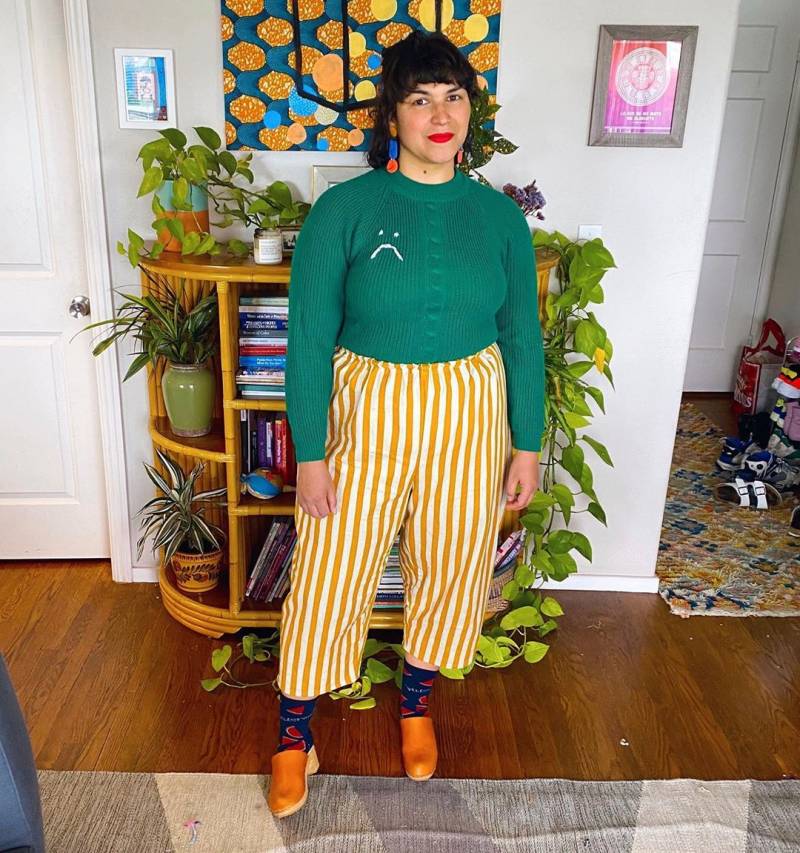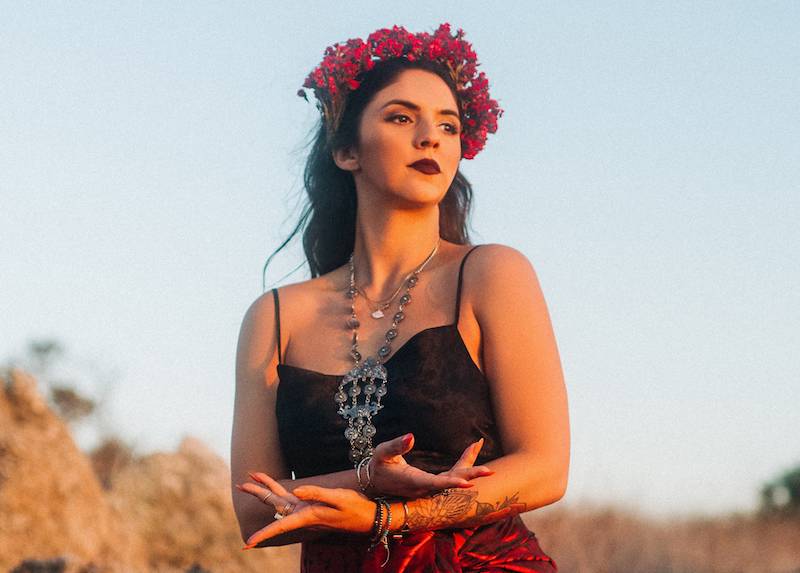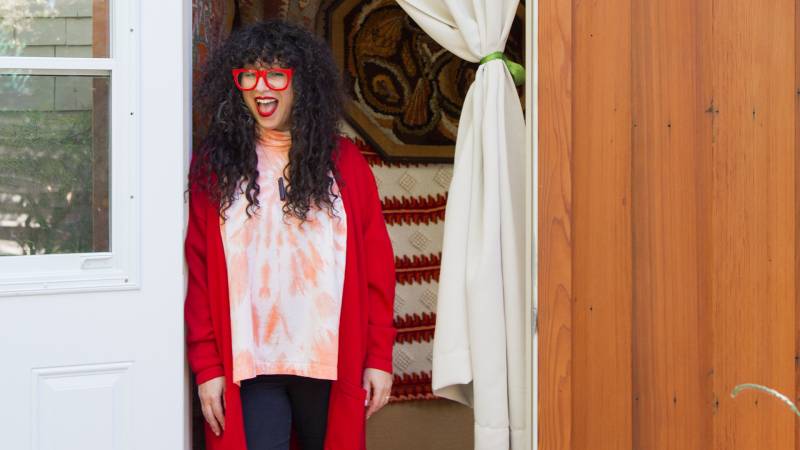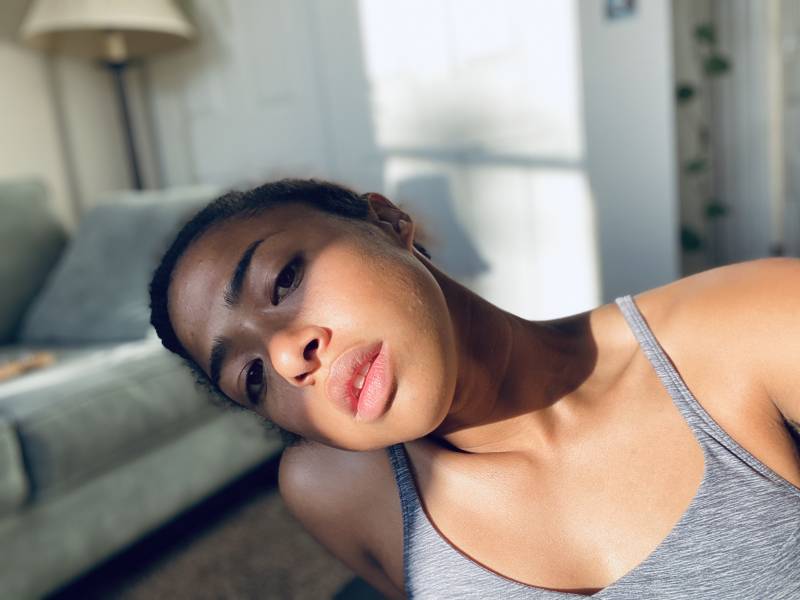Painter and designer Vida Vazquez has been looking for the silver linings of sheltering in place. With all of her upcoming art markets canceled, she hasn’t felt a constant pressure to produce jewelry and clothing. So instead, she’s been using this time to experiment with new mediums and revamp her online shop.
But sometimes, she finds herself hitting a wall. Underneath her optimism is a low hum she describes as “gnawing anxiety.” A feeling of guilt occasionally creeps in, asking her, Why sell earrings when so many people can’t meet their basic needs? And when she thinks about the human toll of the pandemic, her creative drive becomes paralyzed by grief.
On a recent afternoon, emotions came pouring out when nothing seemed to be going right. Shipping online orders, her envelope got stuck in a mail box. When Vazquez returned with a coat hanger to push it down the slot, a stranger accused her of committing the federal crime of mail tampering.
“That was one of my worst days so far,” she says. “That day just kind of hit me. I cried a lot and I felt better the next day.”
Pausing to reflect, she muses, “One of the best things we can do is feel all the feelings.”

While we navigate the emotional ups and downs of life during a pandemic, a debate about productivity has been bubbling on social media. Some people chide others for not using their new “extra time” to perfect skills or work on self-improvement projects. Others counter that we’re living through a global emergency; it’s OK to just take care of basic needs. The current circumstances are prompting many artists to rethink their notions of productivity, especially because it’s unclear what creative industries reliant on large gatherings will look like in the future.




